Information About
Bone Grafting
Bone grafting is required when there is loss of bone after long term tooth loss or when
teeth are lost due to trauma. Bone grafts attempt to rebuild lost bone to accept dental
implants or provide a stronger foundation to support failing or shaky teeth. Natural bone
insufficiency can be caused by gum disease, tooth development defects, injury to the face
after trauma as well as deterioration of the empty spaces after tooth extraction.
Bone grafting can also be performed after removal of diseased teeth to preserve the
residual bone volume, so as to facilitate future implant placement. There may be times
where a bone graft is needed to provide additional support and cosmetic enhancement for
dentures.
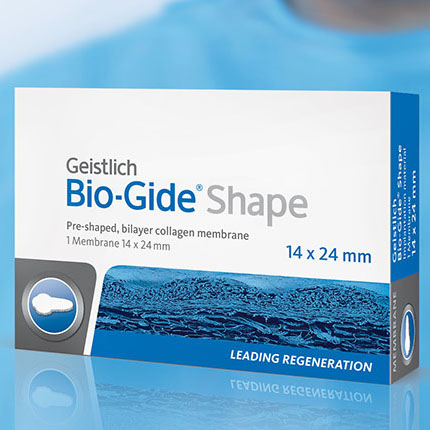
Is Bone Grafting Safe?
Bone grafting is very safe, especially when it is performed by an experienced qualified dental practitioner. The bone graft material may be of your own natural bone harvested from another location in your body or laboratory processed sterile bone material. New technologies are now allowing processed or synthetic bone materials to be used. Our dentists will perform a thorough examination of your mouth, teeth and jaw as well as discussing with you in detail the different grafting options suitable for you.
Different types of Bone Grafts
The materials used for bone grafting vary according to the patients circumstances. Our dentists will assess your unique situation and propose the right type of bone grafting. The main types of bone grafting are:
Autogenous – Bone harvested from within the patient’s body – such as the chin or hip
Allogenic – Bone harvested from a human cadaver, which has been sterilized and processed
Xenogenic – Bone derived from another species (usually bovine or porcine) that has been sterilized and processed
Alloplast – Using a purely synthetic material that has been sterilized and processed for the bone graft
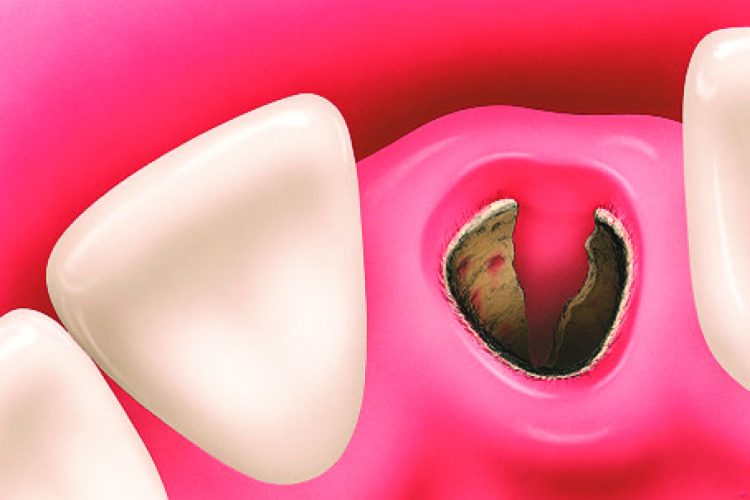
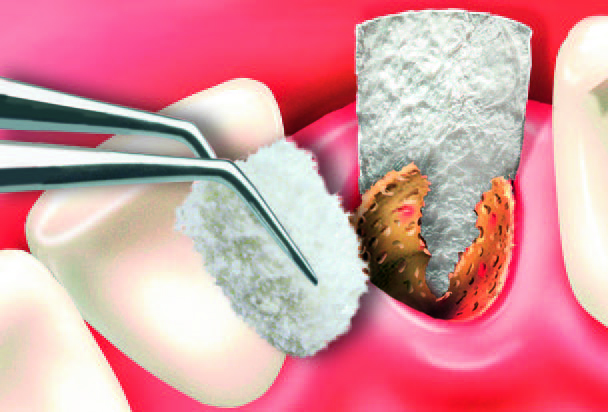
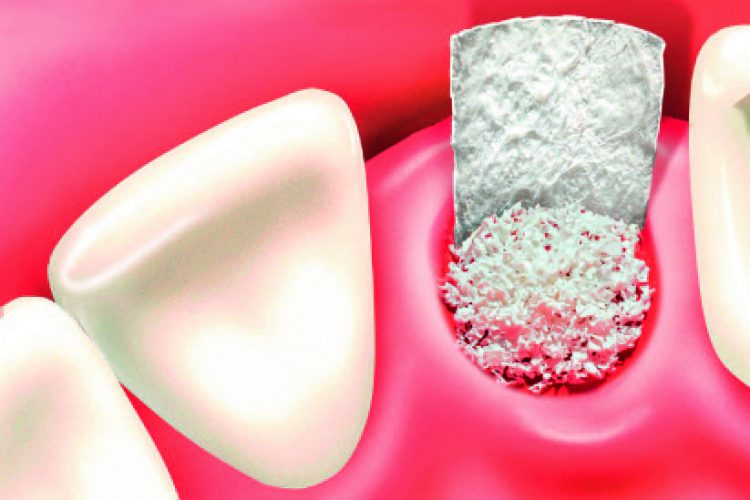
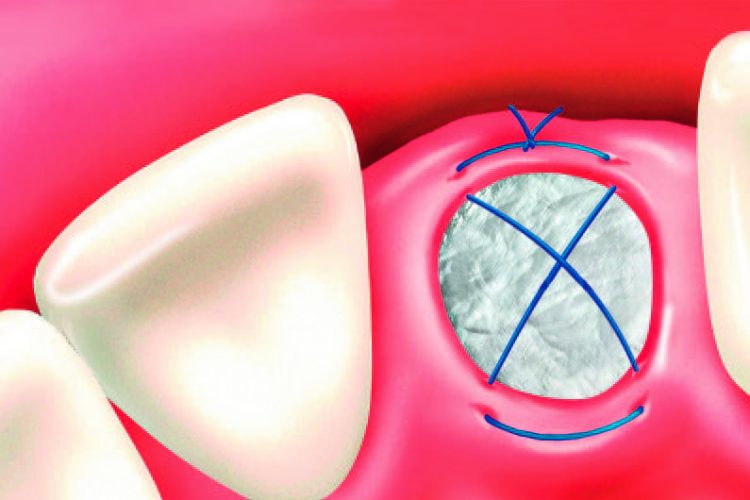
Bone Grafting Procedure
Bone grafts are performed right here at DentalSpecialists@Scotts by our trained surgical specialists.
The process is virtually pain-free under local anaesthesia. Intravenous (IV) sedation may also be offered if patients are anxious, and they will be asleep throughout the duration of the treatment. A qualified anaesthetist will be present to administer and monitor the IV sedation.
The process normally takes about one hour and is dependent on the amount of grafting to be done. Very often, there will also be concurrent gum grafting procedures to ensure the best outcome.
After the procedure, medications will be prescribed and post-treatment instructions will be given to ensure an uneventful healing. Most patients will be able to eat right after the surgical procedure. There is minimal down time during the bone graft healing process and one will be able to work and go about his/her everyday life.
Why Choose Us?
When you schedule an appointment with us, you will be able to learn about the specific details of your surgery as it pertains to your particular case. After thorough clinical and X-ray examinations, a comprehensive diagnosis will be obtained and we will help you make an informed decision by informing you of the preparation, recovery process and risks involved with bone grafting.
We committed to providing our patients with specialist expertise and quality service so as to support whichever option that each of you choose, and that we all understand the long-term outcomes of those chosen options.
DentalSpecialists@Scotts
Meet Our Specialists
Find out more about the expertises of our Dental Specialists.
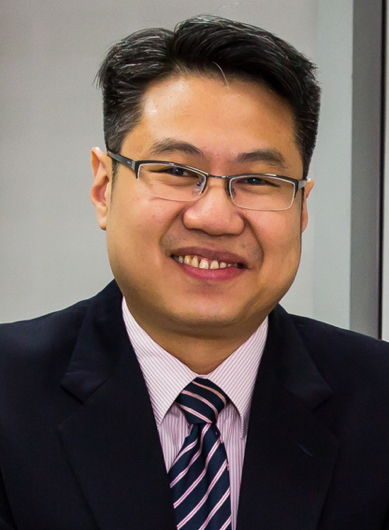
Dr. Elvin Leong

Dr. Daylene Leong

Dr. Tan Tee Yong

Dr. Dephne Leong
SCHEDULE AN APPOINTMENT
Fill out the form and we will contact you.
